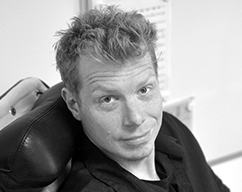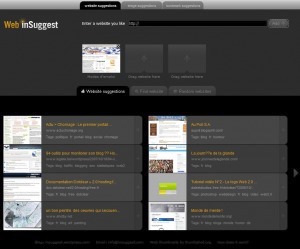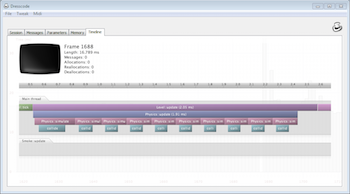
While contracting for Tarsier I was also working on an iPad game based on fluid simulation with Henrik Johansson. The project was never meant as the starting point of a game studio, but when NVIDIA showed interest in the game, we realized that this could be something bigger than just a hobby project. So we registered the company Mediocre, finished the game and released it for phones and tablets on both iOS and Android. The game was picked up by both Apple and Google and became an overnight global success. We immediately realized we had to pursue this and started working full time with mobile games. A year later we released side scrolling arcade game Granny Smith, and after that a sequel to Sprinkle called Sprinkle Islands.
Despite being only a two-man crew, the studio flourished, but it wasn't until we released Smash Hit in 2014 that things got really crazy. Based on the low level physics SDK I had been working on, we designed this game around real-time breakage. With the soothing music by Douglas Holmquist and abstract visuals by Henrik, this game became a global chart-topper and a financial success. The game to date has more than 200 million downloads.
We continued to develop games for three more years, releasing Does not Commute, which was given an Apple Design Award in 2015, Beyondium in 2016 and finally PinOut, an endless arcade pinball game later the same year. For the latter two games we brought in Emil Bengtsson who helped out with game and level design. Mediocre has been a fantastic journey, but after releasing eight games in an increasingly competitive mobile games market, while consistently resisting the increasingly dominant free-to-play business model, we decided it was time to do something different. While still maintaining all games, we are not likely to release anything new.
Mediocre Homepage










